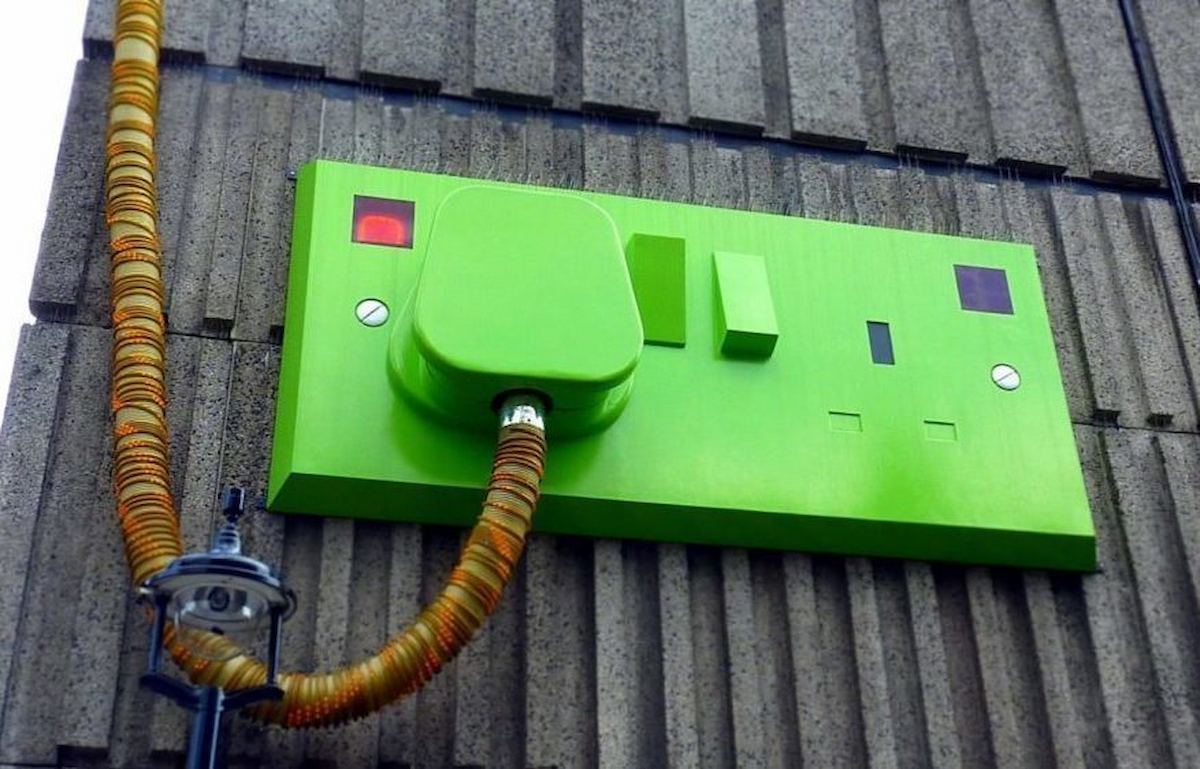Net Zero refers to Greenhouse gases (GHGs) emissions, such as CO2 or methane.
Net Zero does not mean emitting no GHGs – the key term here is net. Net Zero means a balance between GHGs released in the air and those removed from the atmosphere.
What is the difference between Net Zero and carbon neutral?
The IPCC defines carbon neutrality as Net Zero CO2 emissions. This means that when carbon dioxide is the only GHG considered, the two concepts are equivalent. Instead, when considering all GHGs (including methane for example), using the carbon neutral term is not correct.
Also, based on how you work toward the Net Zero CO2 emissions, carbon offsetting is measured differently. The PAS 2060 Standard highlights carbon neutrality allows any kind of carbon offset scheme, while Net Zero is more restrictive.
A report from the University of Oxford suggests a variety of greenhouse gas removal strategies which may be applied to meet the UK Net Zero target:
- Use wood or carbonated waste instead of cement as building materials.
- Replace chemical fertilisers with biochar (charcoal).
- Wetlands and salt marshes restorations.
- Use farmlands as carbon sinks.
So the technical definitions can be confusing and applied slightly differently depending on the organisation.
To put it more simply, to achieve net zero, your company must balance its emissions.
Think of the atmosphere as your bank account and GHGs as money.
“Money in” would be the GHGs entering your account, while “money out” are the GHGs leaving your balance.
You achieve Net Zero when you break even, i.e. your overall “income” (GHGs emitted) and “expenses” (GHGs removed) are the same.
Buzzword Buster
| Term | Meaning | How is it different to Net Zero? |
|---|---|---|
| Net Zero | Balance between release into and removal from the atmosphere of GHGs | – |
| Net Zero emissions | See Net Zero | – |
| Net Zero CO2 emissions | Balance between release into and removal from the atmosphere | Refers to CO2 only – not all GHGs |
| Zero Carbon | No CO2 emissions released | This is a more ambitious target than Net Zero as it does not allow to balance out the emissions released with those removed |
| Zero Emission | See Zero Carbon | – |
| Carbon Neutral | See Net Zero CO2 emissions | – |
| Climate Neutral | See Net Zero CO2 emissions. This concept also includes local human activities (e.g. aviation) emitting other GHGs | – |
| Carbon Negative | CO2 emissions removed from the atmosphere are larger than those emitted | Unlike Net Zero, which implies breaking even, this term implies a negative balance |
| Carbon Positive | See Carbon Negative | – |
| Climate Positive | See Carbon Negative | – |


What is a Net Zero target?
Net Zero targets were introduced by the Paris agreement in 2015 to keep the global average temperature well below 2 (ideally 1.5) °C.
196 countries committed to achieve a neutral GHGs balance as soon as possible (by 2050 at the latest).
National governments delegated the implementation of Net Zero targets at a subnational level, involving regions, cities, and businesses. For example, in the UK Glasgow has set a Net Zero target of 2030, while the UK’s total target is 2050.
Moving from words to actions, let’s look at the Net Zero goals’ deadlines set down so far by some actors involved.
Countries
| Location | Type | Target Year | Status/reference |
|---|---|---|---|
| UK | Country | 2050 | Approved law |
| Canada | Country | 2050 | Draft law |
| France | Country | 2050 | Approved law |
| Scotland | Country | 2045 | Approved law |
| Germany | Country | 2050 | Approved law |
| Brazil | Country | 2060 | Submission to UN |
| China | Country | 2060 | Statement of intent |
| South Africa | Country | 2050 | Policy position |
| United States of America | Country | 2050 | Statement of intent |
| Bristol | City | 2030 | Pledge |
| Belfast | City | 2050 | Climate Plan |
| London | City | 2030 | Statement of intent |
| Glasgow | City | 2030 | Council recommendation |
| Liverpool | City | 2040 | Roadmap development |
| Edinburgh | City | 2030 | Short window improvement plan |
| Manchester | City | 2038 | Climate Change Action Plan |
| Leeds | City Region | 2038 | Energy Strategy and Delivery Plan |
| Sheffield | City Region | 2040 | Energy Strategy |
| Cardiff | Capital Region | 2050 | Energy Vision |
Businesses & Net Zero
Platforms such as The Carbon Trust or SME Climate Hub can help your business become a net zero emissions company, as can we!
What does Net Zero mean for a small business?
The Global Protocol for Community-Scale Greenhouse Gas Emission Inventories (GPC) divides city-level emissions into three scopes depending upon where they were generated.
- Scope 1: sources located within the city; emissions directly controlled by a company, such as the use of a gas boiler or a fossil-fueled fleet.
- Scope 2: sources located within and without the city; indirect emissions referring to the grid-supplied power a company uses up for its activities.
- Scope 3: sources located outside the city; all other indirect emissions, such as business travel, procurement, etc.
To make life easier for small and medium-sized enterprises (SMEs), the Science Based Targets (SBTi) allows them to submit emission targets for scopes 1 and 2 only.
So, how do business owners submit their targets to SBTi?
- Fill out the form included in this letter.
- Choose a target out of the available options.
- Review and sign the above mentioned letter.
- Send pdf scan of letter and form to targets@sciencebasedtargets.org.
- Pay a $1000 fee.
What does Net Zero mean for my small business?
In practice, there are a number of actions you can take to get you started.
Unless you’re a solo entrepreneur, encourage your staff to do their part in some of the following initiatives:
- Flexible working (not everyone on site at the same time).
- Minimise business travelling by teleconferencing long-distance clients.
- Promote low-carbon commuting to work schemes, like cycling or car sharing.
Also, you can reduce your premises’ carbon footprint by adopting these solutions:
- Sign up to a green energy tariff.
- Apply for energy efficiency grants.
- Replace old light bulbs with energy-efficient LED lights.
- Install smart meters to better track your energy consumption.
- Invest in double glazing and roof insulation to reduce heat loss.
Curb the carbon emissions of the equipment you use as suggested below:
- Build a circular office.
- Use plastic-free packaging.
- Switch from petrol/diesel vehicles to EVs.
- Upgrade laser printer to inkjet (you can save up to 85% in energy).
Besides the relatively simple steps above mentioned, you could adopt more sophisticated on-site clean energy technologies.
For instance, you could install solar panels on your roof along with a storage battery. Doing so, you can use the surplus renewable energy produced when it’s cloudy and become more and more independent from the national grid.
Hopefully, after reading this article Net Zero will not just be a buzzword for you and the targets to achieve will be less daunting.
As a business owner, you can set reasonable milestones by implementing the recommended steps above and rely on associations and local authorities to walk along your Net Zero journey.








